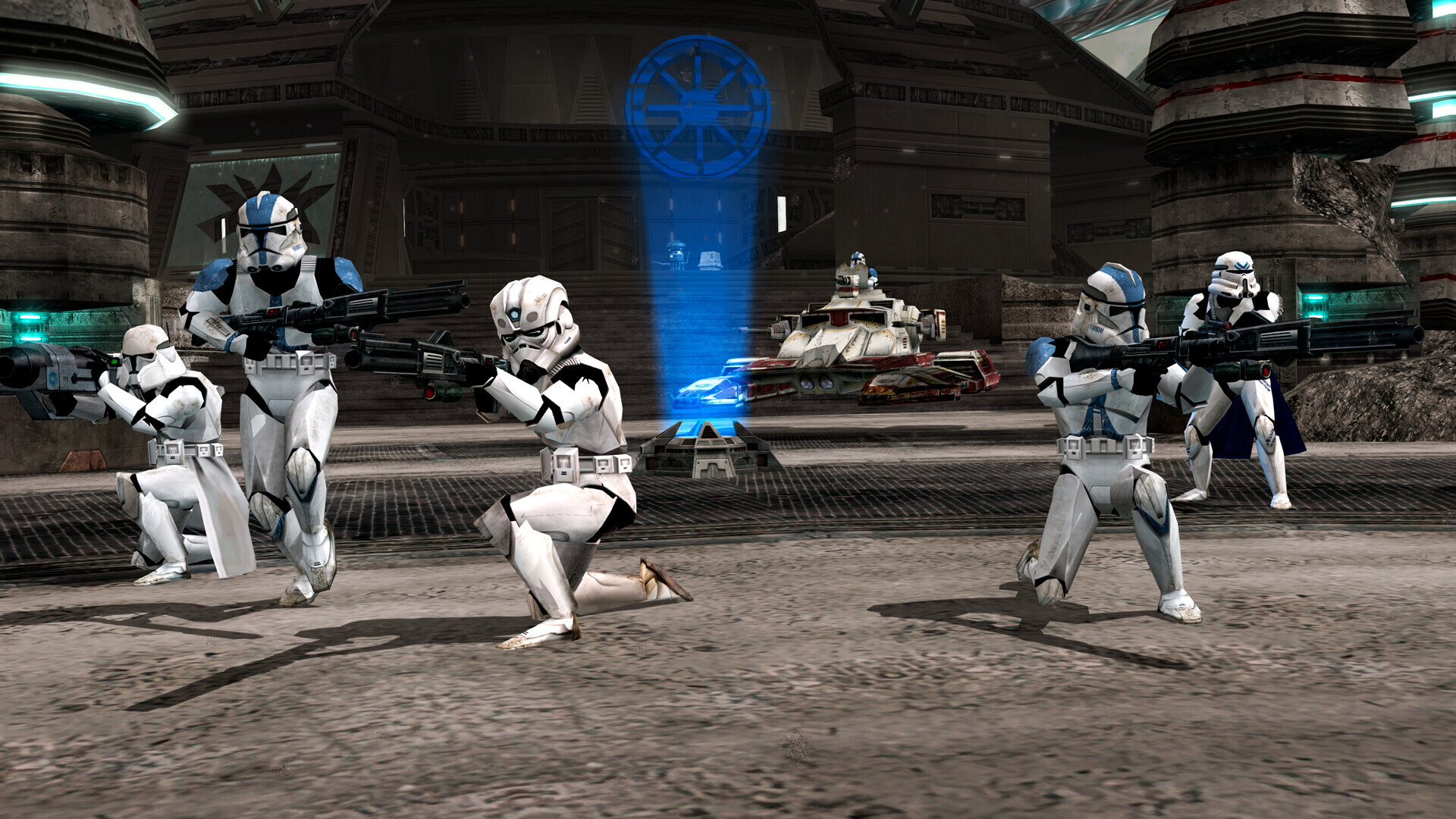I spent many a weekend afternoon playing the first two Battlefront games back in 2004 and 2005, my friends and I sinking hundreds of hours into our repeated efforts to conquer the galaxy, recreate battles from the Star Wars movies, and theorize why the video game version of General Grievous was so much stronger than his movie counterpart. Heck, my hope that we’d one day see a Clone Wars animated series that focused on exploring the clones’ individuality was born from Battlefront 2’s wonderfully narrated 501st Journal. Now that I think about it, much of my love for Star Wars can be traced back to the first two Battlefront games. But that doesn’t change that their dated mechanics and the unbalanced nature of their unrewarding tug-of-war matches don’t hold up two decades later. And Aspyr Media does not address these issues in Star Wars: Battlefront Classic Collection, a collected pack of the two games, leaving them feeling like relics of a bygone era that aren’t worth playing in this shape today.
Pandemic Studios’ Battlefront and Battlefront 2 (not to be confused with EA DICE’s 2015 Battlefront and 2017 Battlefront 2) are both shooters that focus on Star Wars’ Clone Wars and Galactic Civil War periods, seeing you step into the boots of ordinary soldiers who participate in the conflicts. Mechanically, both games play very similarly to one another, though Battlefront 2 adds to the first with space battles, playable heroes (who are notable characters from the Star Wars movies like Yoda and Darth Vader), and a more story-driven campaign that ties into Revenge of the Sith.

Each army features four standard soldier archetypes. You’ve got your assault rifle-wielding standard trooper, long-range sniper user, heavy-hitting rocket launcher demolitionist, and a support soldier who excels at short-range combat and fixing up vehicles. Beyond those four, each army has additional special units–the Republic Clone Army has the jetpack-equipped Jet Trooper, for example, while the CIS has the roly-poly Droideka. Because the main units all handle the same for the most part, you don’t have to learn entirely new mechanics for each class, while the more specialized troopers add a bit of distinct flair to each army. I like it–it makes it easy to pick up both games while also ensuring the gameplay doesn’t grow stale quickly.


